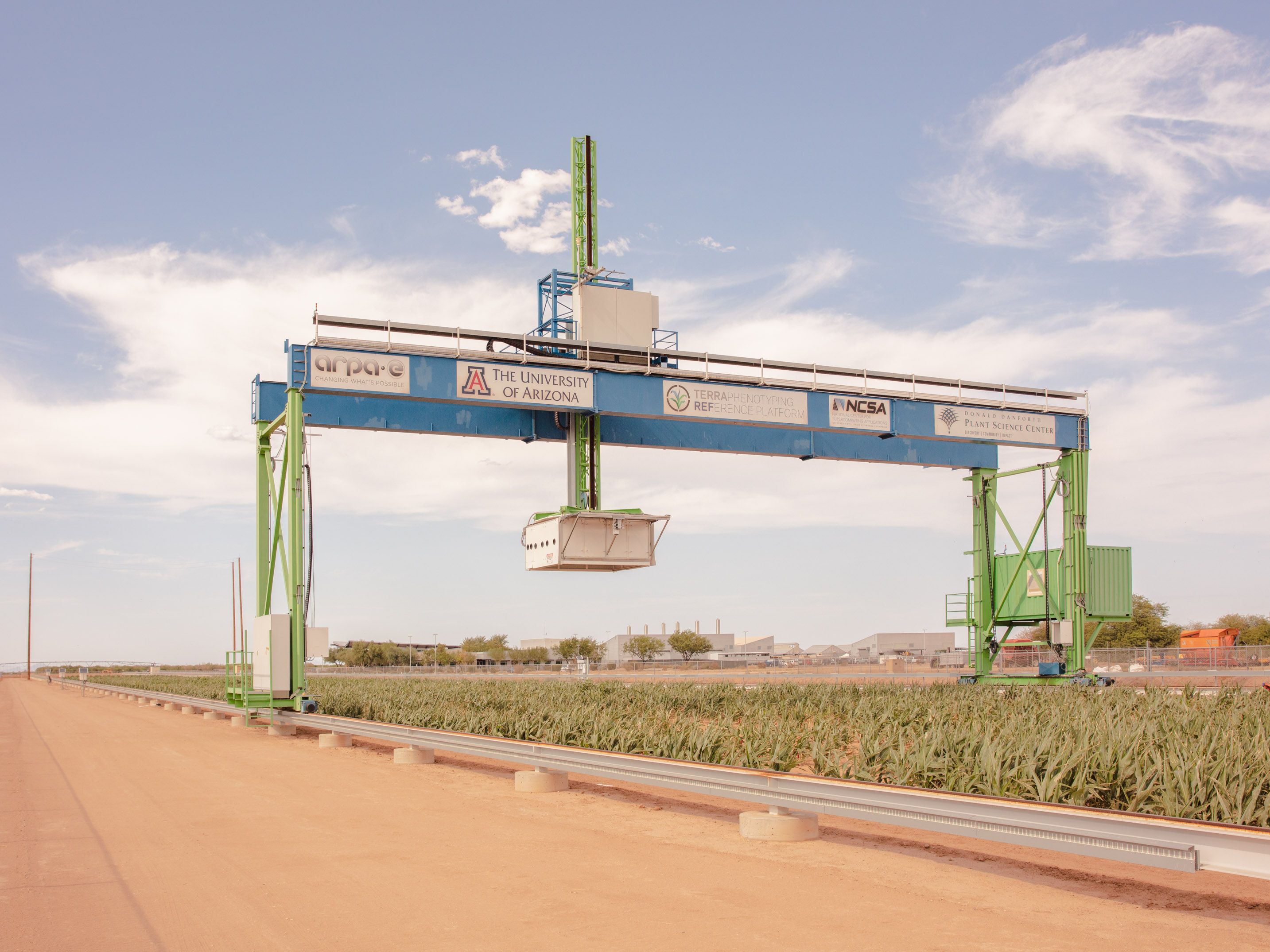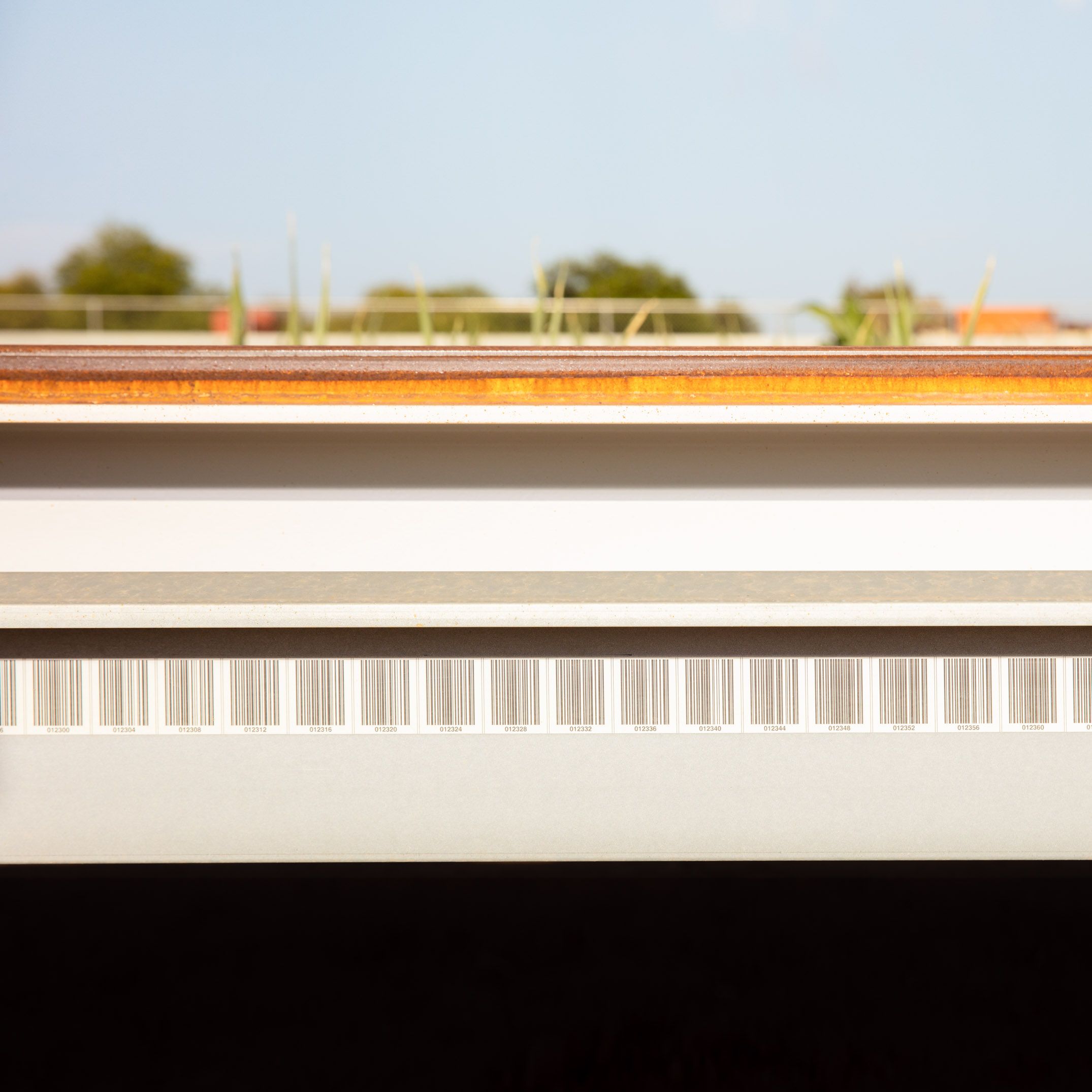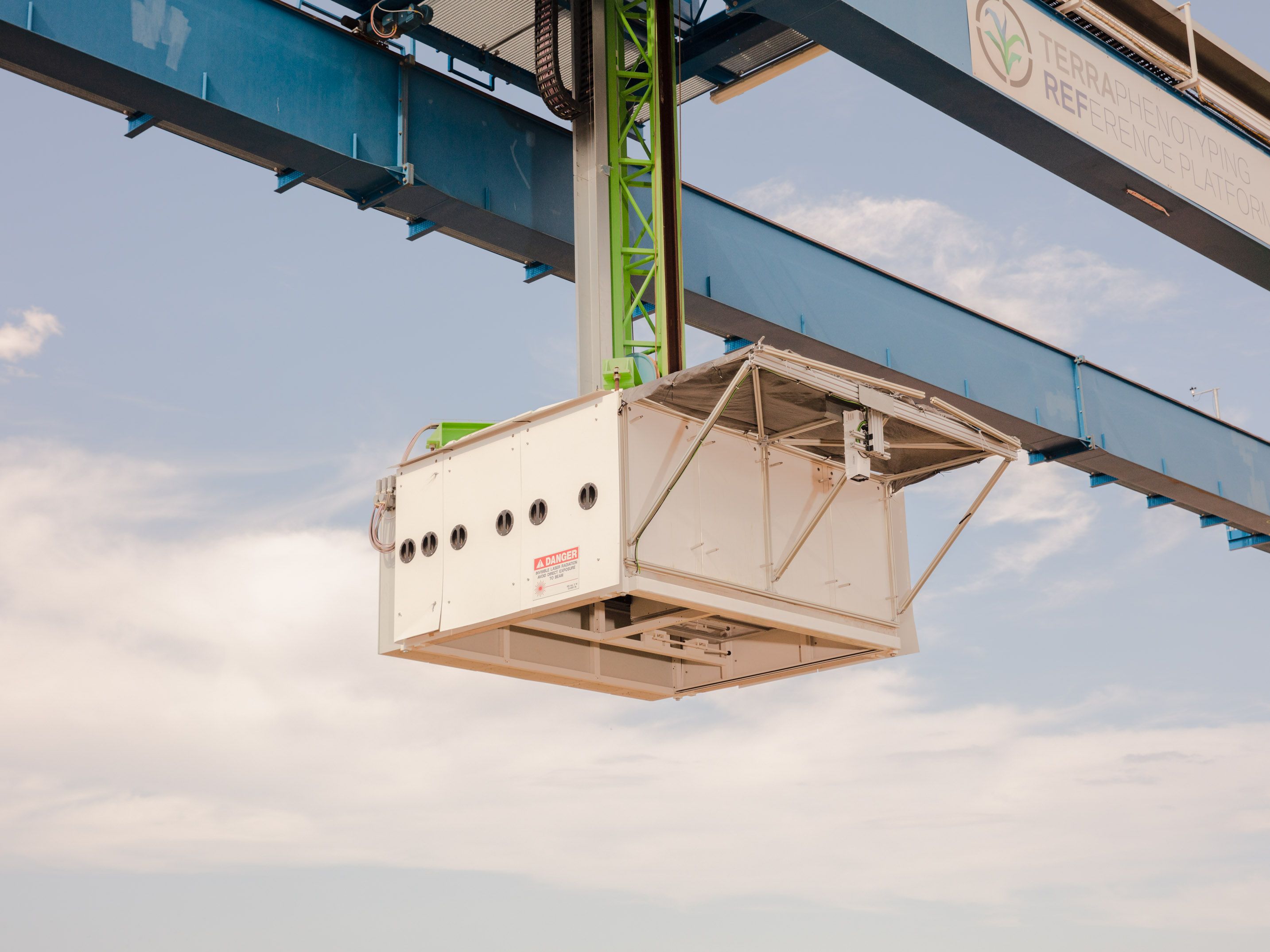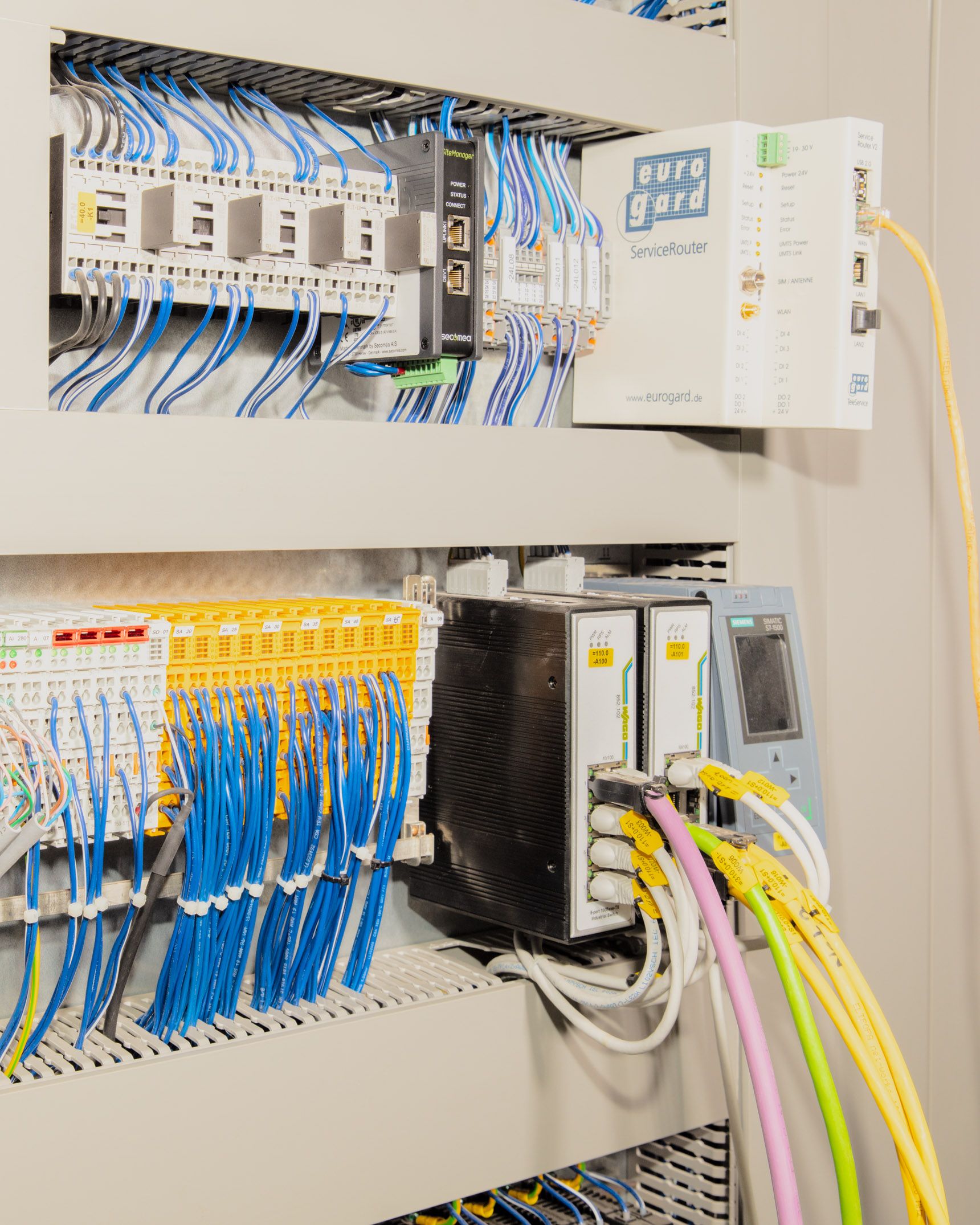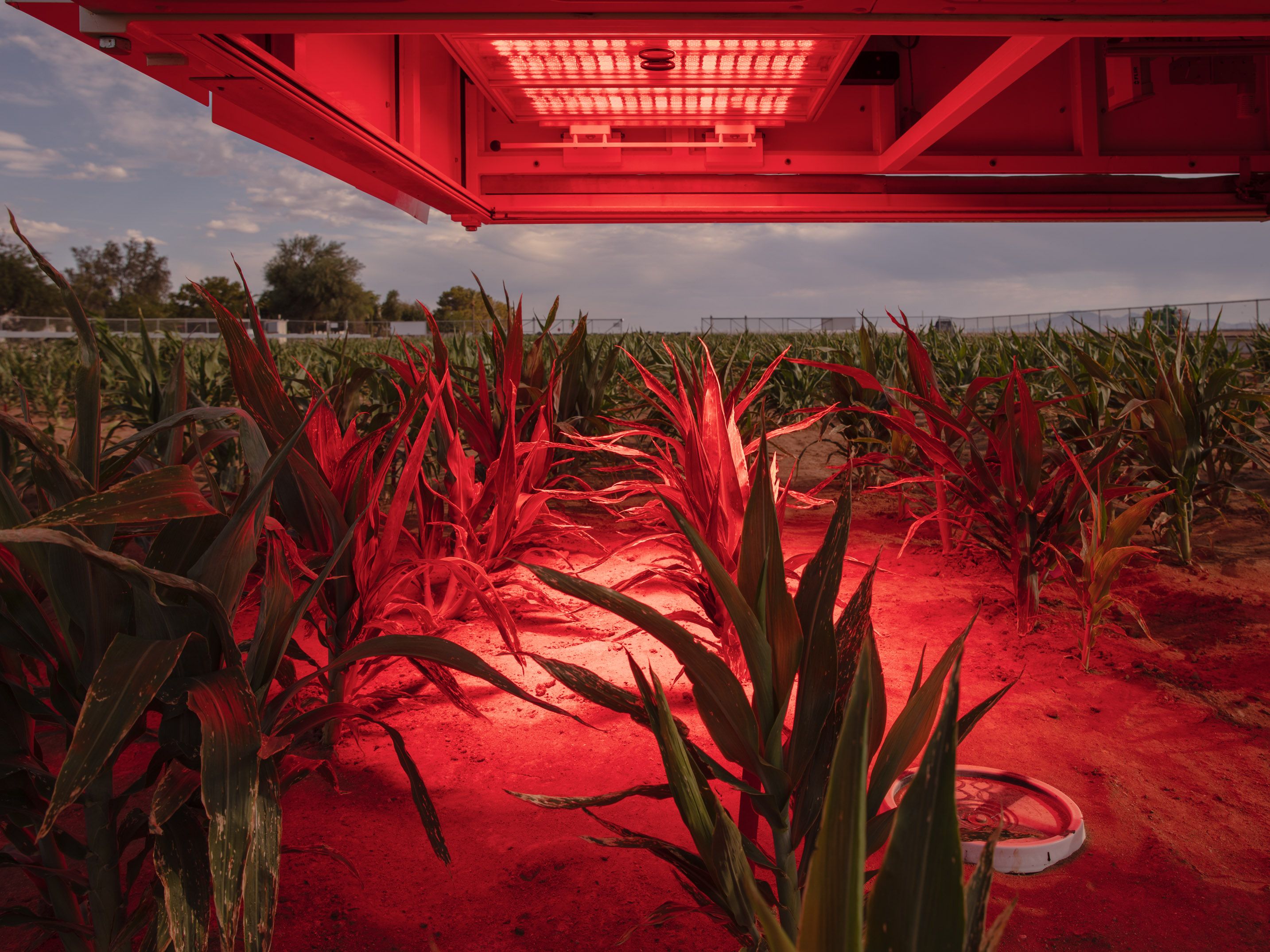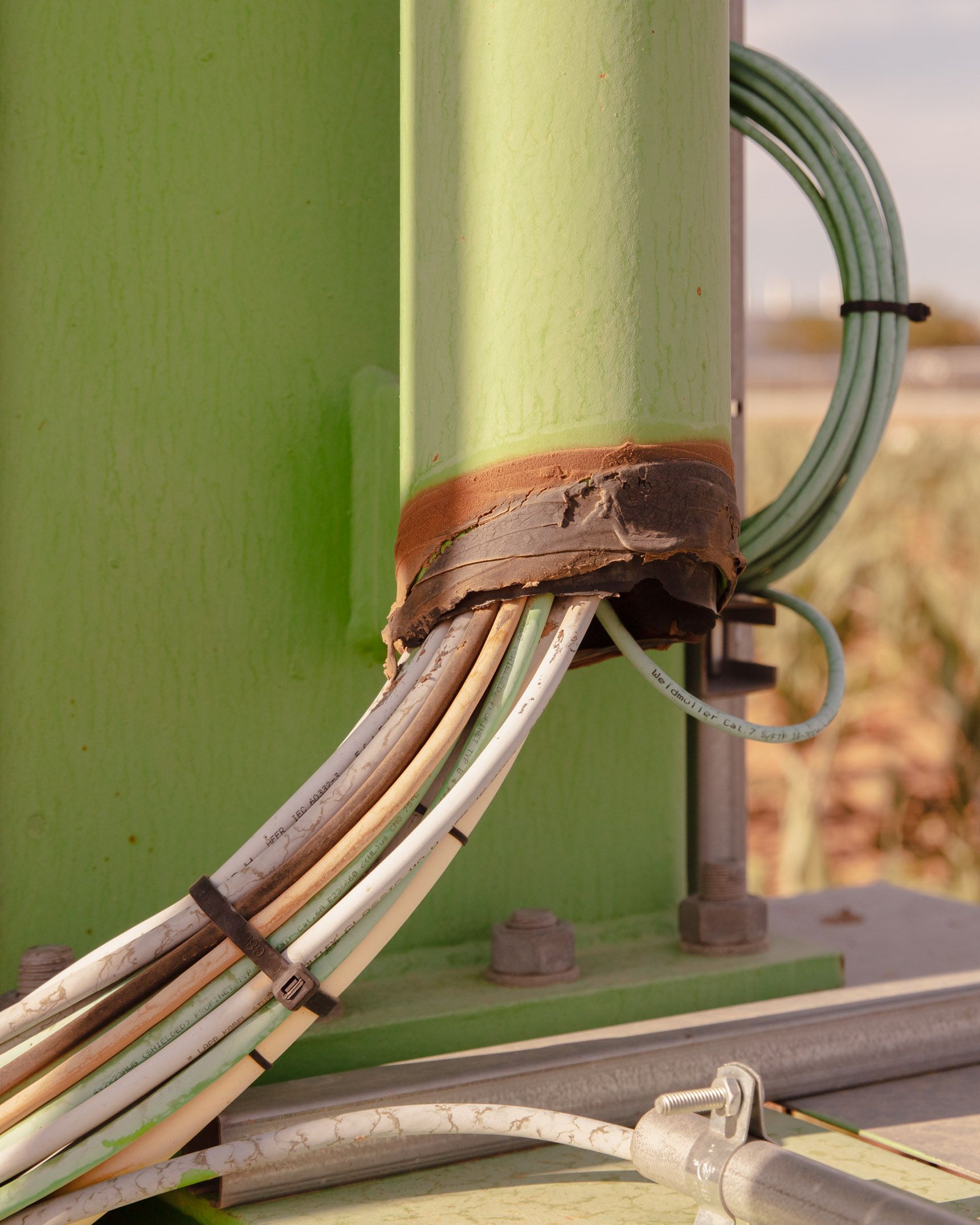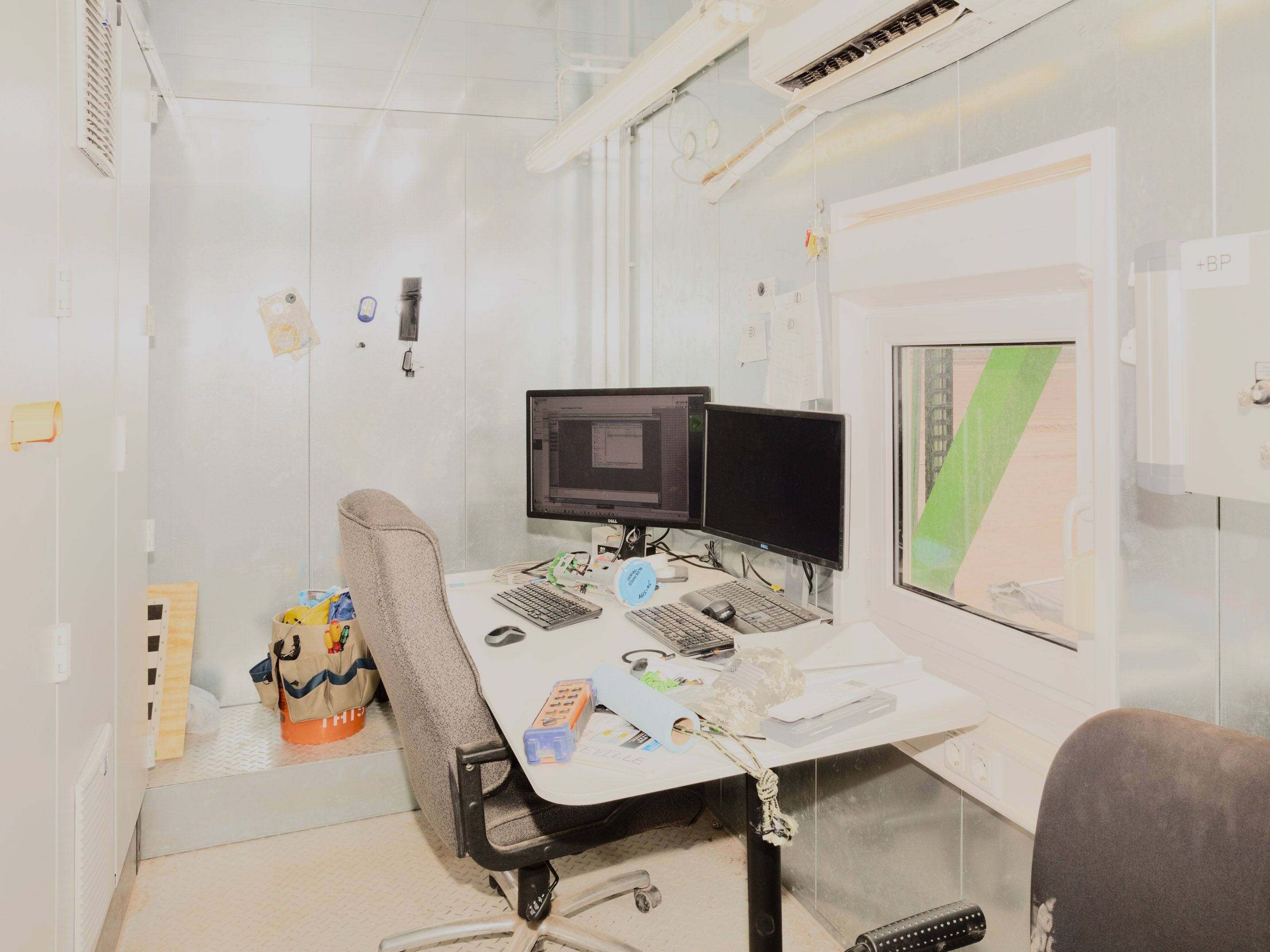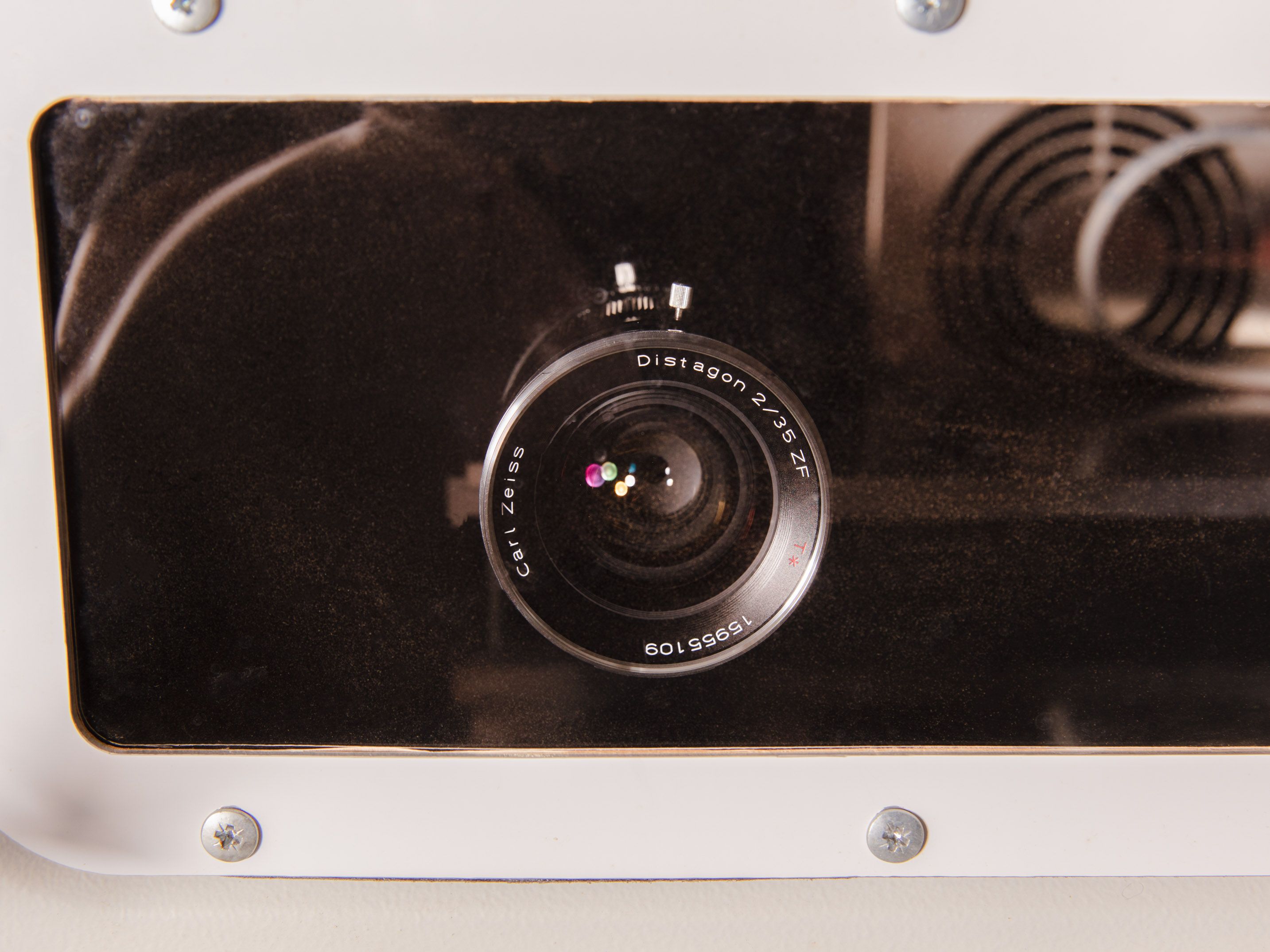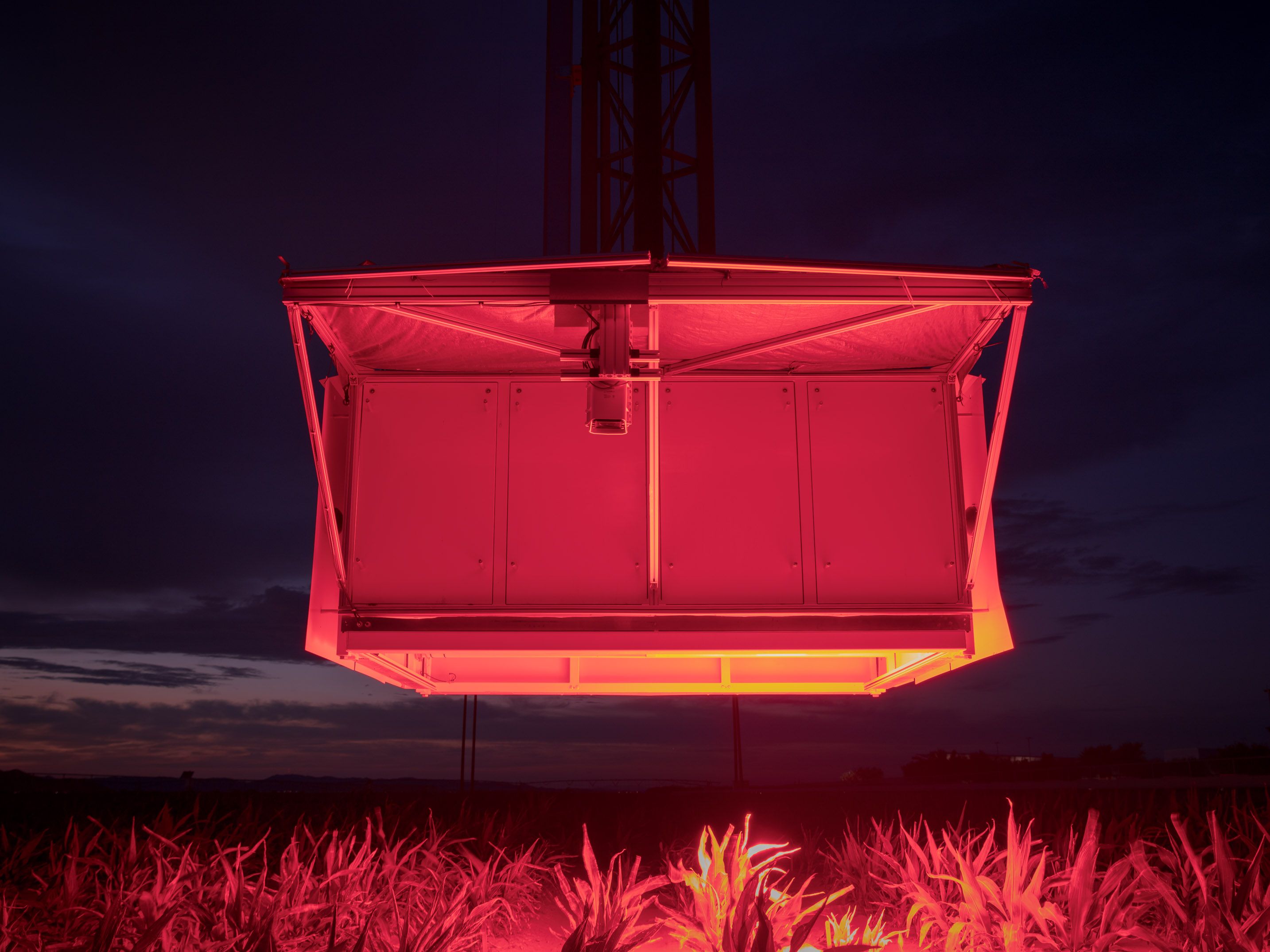On a green swatch in the Arizona desert, a 30-ton robot is scrutinizing plants that could help feed impoverished countries and fuel American cars. The 70-foot-tall colossus, called a “Field Scanalyzer,” is the world’s biggest agricultural robot, the project’s researchers say. Resembling an oversize scaffold with a box perched in its middle, it lumbers daily over 2 acres of crops including sorghum, lettuce and wheat, its cluster of electronic eyes assessing their temperature, shape and hue, the angle of each leaf.
The Scanalyzer beams this data—up to 10 terabytes a day, roughly equivalent to about 2.6 million copies of Tolstoy’s “War and Peace”—to computers in Illinois and Missouri. Analyzing the range and depth of data generated is possible only with machine-learning algorithms, according to data scientists at George Washington University and St. Louis University, where researchers are teaching the computers to identify connections between specific genes and plant traits the Scanalyzer observes.
Deep learning, a form of AI that uses conclusions from data to further refine a system, can also help pinpoint how some varieties of a plant may subtly differ from one another in ways that plant scientists may not anticipate, researchers say.
The effort—part of a five-year, roughly $26 million project funded by the U.S. Department of Energy and the Bill and Melinda Gates Foundation—is aimed at helping plant breeders identify characteristics and genetic markers pointing to the most efficient and resilient crop varieties. Researchers are seeking to develop crops that can produce biofuels, reducing reliance on fossil fuels. It could also help identify food crops that can thrive in drier, hotter conditions as climates change.

